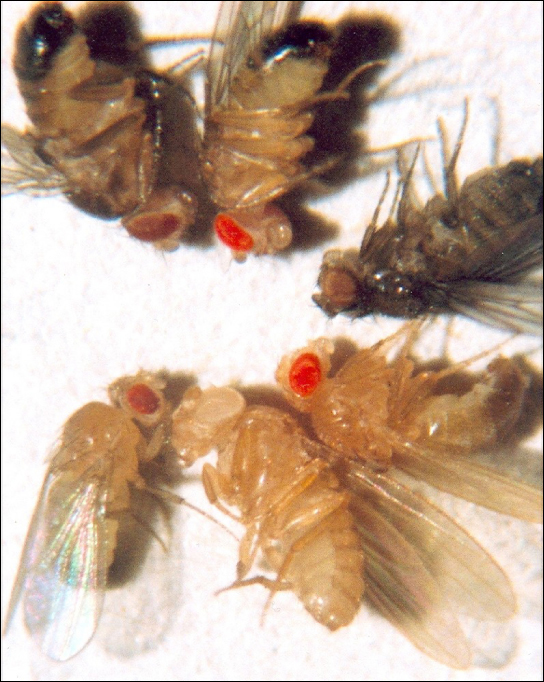| << Chapter < Page | Chapter >> Page > |
Most of the common diseases, such as heart disease, are multi-factored or polygenic , which is a phenotypic characteristic that involves two or more genes, and also involve environmental factors such as diet. In April 2010, scientists at Stanford University published the genome analysis of a healthy individual (Stephen Quake, a scientist at Stanford University, who had his genome sequenced); the analysis predicted his propensity to acquire various diseases. A risk assessment was performed to analyze Quake’s percentage of risk for 55 different medical conditions. A rare genetic mutation was found, which showed him to be at risk for sudden heart attack. He was also predicted to have a 23 percent risk of developing prostate cancer and a 1.4 percent risk of developing Alzheimer’s. The scientists used databases and several publications to analyze the genomic data. Even though genomic sequencing is becoming more affordable and analytical tools are becoming more reliable, ethical issues surrounding genomic analysis at a population level remain to be addressed.
In humans, as well as in many other animals and some plants, the sex of the individual is determined by sex chromosomes. The sex chromosomes are one pair of non-homologous chromosomes. Until now, we have only considered inheritance patterns among non-sex chromosomes, or autosomes , but traits can also be inherited on sex chromosomes (called sex-linkage . In addition to 22 homologous pairs of autosomes, human females have a homologous pair of X chromosomes, whereas human males have an XY chromosome pair. Although the Y chromosome contains a small region of similarity to the X chromosome so that they can pair during meiosis, the Y chromosome is much shorter and contains many fewer genes. When a gene being examined is present on the X chromosome, but not on the Y chromosome, it is said to be X-linked .
Eye color in Drosophila was one of the first X-linked traits to be identified. Thomas Hunt Morgan mapped this trait to the X chromosome in 1910. Like humans, Drosophila males have an XY chromosome pair, and females are XX. In flies, the wild-type eye color is red (X W ) and it is dominant to white eye color (X w ) ( [link] ). Because of the location of the eye-color gene, reciprocal crosses do not produce the same offspring ratios. Males are said to be hemizygous , because they have only one allele for any X-linked characteristic. Hemizygosity makes the descriptions of dominance and recessiveness irrelevant for XY males. Drosophila males lack a second allele copy on the Y chromosome; that is, their genotype can only be X W Y or X w Y. In contrast, females have two allele copies of this gene and can be X W X W , X W X w , or X w X w .

In an X-linked cross, the genotypes of F 1 and F 2 offspring depend on whether the recessive trait was expressed by the male or the female in the P 1 generation. With regard to Drosophila eye color, when the P male expresses the white-eye phenotype and the female is homozygous red-eyed, all members of the F 1 generation exhibit red eyes ( [link] ). The F 1 females are heterozygous (X W X w ), and the males are all X W Y, having received their X chromosome from the homozygous dominant P female and their Y chromosome from the P male. A subsequent cross between the X W X w female and the X W Y male would produce only red-eyed females (with X W X W or X W X w genotypes) and both red- and white-eyed males (with X W Y or X w Y genotypes). Now, consider a cross between a homozygous white-eyed female and a male with red eyes. The F 1 generation would exhibit only heterozygous red-eyed females (X W X w ) and only white-eyed males (X w Y). Half of the F 2 females would be red-eyed (X W X w ) and half would be white-eyed (X w X w ). Similarly, half of the F 2 males would be red-eyed (X W Y) and half would be white-eyed (X w Y).

Notification Switch
Would you like to follow the 'General biology part i - mixed majors' conversation and receive update notifications?